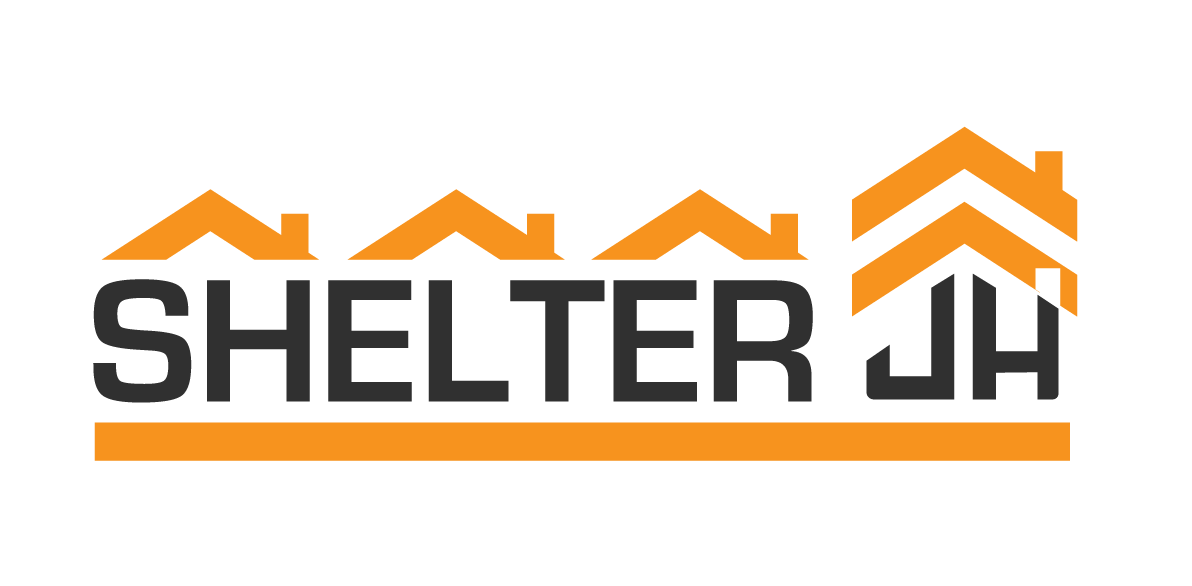Housing Mitigation Rate Reduction: Difficult, Yet Necessary
October 26, 2020
Recently, our local representatives made the difficult yet necessary choice to reduce commercial housing mitigation rates, which mandate that developers build homes for a portion of the employees that new businesses generate. Although lowering these rates is a setback to ShelterJH’s efforts to advocate for policies that produce homes that local workers can afford, it is necessary to protect this important tool and the ability to decide locally how to best address our housing needs.
Mandating housing mitigation rates is a progressive tool in a very conservative state. The fact that our local leaders raised the rates significantly in 2018 (which ShelterJH supported!) was a significant win for housing advocates in the valley who aim to address critical housing needs by producing housing in proportion with new jobs.
Soon after, a few disgruntled and influential landowners and developers headed to Cheyenne in an effort to overturn this local decision and outlaw housing mitigation statewide. In response, numerous community members and local politicians also made the wintry trek to Cheyenne to testify in support of housing mitigation and maintaining local control to address our unique housing needs. During the most recent legislative session, Representative Shelly Duncan (R-Goshen) introduced a bill to eliminate housing mitigation for a third time. Fortunately, the bill failed once again–narrowly. However, there was a good faith commitment that Town of Jackson and Teton County representatives would make adjustments to the housing mitigation program in return for the state leaving the tool intact.
It is unfortunate that our representatives were put in a position where they felt compelled to reduce the rates to preserve this tool; however, their discussion prior to the vote exhibited their nuanced and long-term approach to this delicate situation. We understand that if they had not reduced the rates, the bill would have likely resurfaced in Cheyenne yet again, and we could have lost this tool altogether (as has happened in some neighboring states).
Instead, we still have housing mitigation and we can work together to improve this regulation. The next step is the Housing Nexus Study, which will show how many jobs each type of business generates and come up with methods to include businesses that haven’t had to pay up (i.e. a business which doesn’t build or use physical space, like landscapers). Once the study is complete, local governing bodies will be able to revisit the rates and make additional changes based on real data.
Ultimately, we hope to develop and use a tool that our entire community can support. We call on local landowners and developers to respect our local democratic process and not go to Cheyenne to take away local control, even if they don’t like what the community decides. And we support our local representatives who made the difficult but unavoidable decision to reduce mitigation rates for now.

